 1849 - 1917
pre-raphaelites
1849 - 1917
pre-raphaelites
Description John William Waterhouse
John William Waterhouse, the renowned British Pre-Raphaelite artist, left an indelible mark on the world of art with his enchanting and evocative paintings. Born in Rome in 1849 to English parents, he spent his early years in Italy before the family relocated to London when he was five. This dual cultural influence would shape his artistic sensibilities in profound ways.
Waterhouse's journey into the art world began at the Royal Academy of Art, where he honed his skills under the guidance of artists like Frederick Sandys. His early works were heavily influenced by the Pre-Raphaelite Brotherhood, a group of artists dedicated to reviving the techniques and aesthetics of the Italian Renaissance. This influence is evident in his meticulous attention to detail, vibrant colors, and use of symbolism.
One of Waterhouse's defining features as an artist was his fascination with mythology and literature. He drew inspiration from classical myths, legends, and literary works, often portraying mythological and historical heroines with a mesmerizing blend of realism and romanticism. His iconic painting "The Lady of Shalott" is a prime example of this, capturing the tragic beauty of the Tennyson poem.
Waterhouse's oeuvre includes a series of captivating women, often depicted in moments of contemplation or introspection. His skillful portrayal of feminine beauty and emotion made him a celebrated artist of the female form. His subjects exude a sense of mystery and melancholy, inviting viewers to delve into their stories.
Throughout his career, Waterhouse's work underwent stylistic evolution. While rooted in Pre-Raphaelite traditions, he also embraced elements of the Aesthetic Movement and Symbolism. This versatility allowed him to explore diverse themes and moods in his art.
The artist's personal life was marked by a deep love for Italy, where he frequently traveled and found inspiration. His marriage to Esther Kenworthy in 1883 brought stability to his life, and they had two children together. Despite some personal tragedies, including the loss of his wife and father, Waterhouse continued to paint prolifically.
John William Waterhouse's legacy endures through his timeless artworks. His ability to blend historical accuracy with a sense of romanticism, his fascination with mythology and literature, and his dedication to capturing the beauty of the female form make him a beloved figure in the annals of art history. His paintings continue to captivate and inspire art enthusiasts around the world, transcending the boundaries of time and culture.


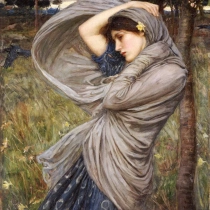



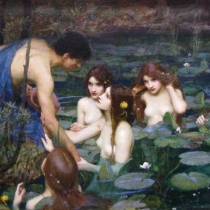



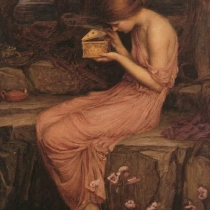


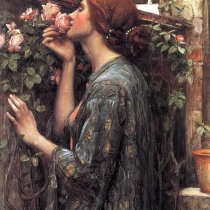



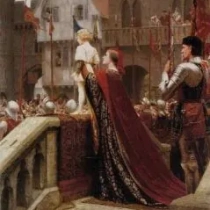
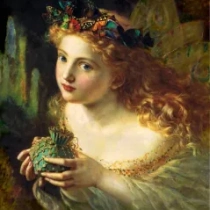

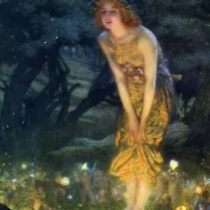
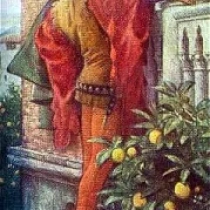
No Comments Yet...